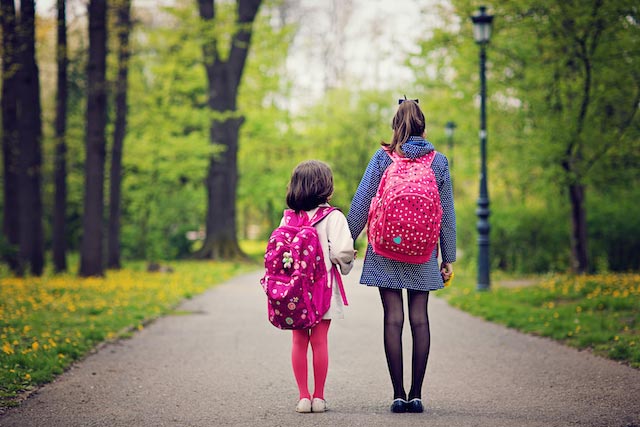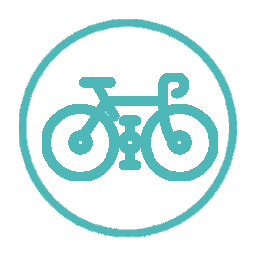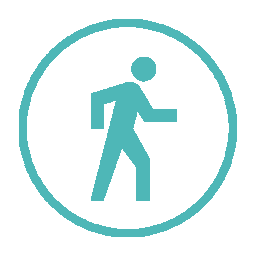Lesson Plans for Grades 4 to 6
In these lessons, students are led through scenarios that provoke decision-making around cycling, inline skating and skateboarding. They will learn to identify road risks as well as explore strategies to minimize them. They’ll also learn about being a safe passenger and pedestrian.
Working independently, or as part of a small group, these learning experiences are designed to meet a number of expectations found in the Ontario curriculum documents, including health and physical education, as well as language.
Teaching and learning strategies
- Allow students to combine health expectations with the arts (drama, role-play) and language, using Ontario curriculum to create authentic learning opportunities.
- Engage students in a range of cooperative and collaborative learning strategies that address differentiated instruction and multiple intelligences (kinesthetic learner).
- Engage students in higher-order thinking through open-ended questions that prompt learners to explore various ways of thinking, such as describing, analyzing, integrating, comparing and explaining.
- Coach and provide descriptive feedback to small groups of students or independent students during guided and independent activities.
- Provide formative assessment practices which will allow teachers to coach students and provide descriptive feedback to small groups of students or independent students during guided and independent activities.
Cross-curricular linkages

Find School Activities for your students’ Grade level and engage your school in road safety-related initiatives.

See the Community Engagement Kit for more ideas, tools and tips to bring together the community for a road safety event.

See Adaptation Tips for a list of tips and aspects to consider when adapting these activities to fit your class needs.



